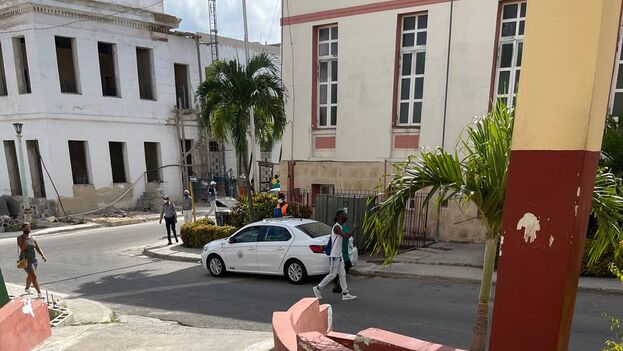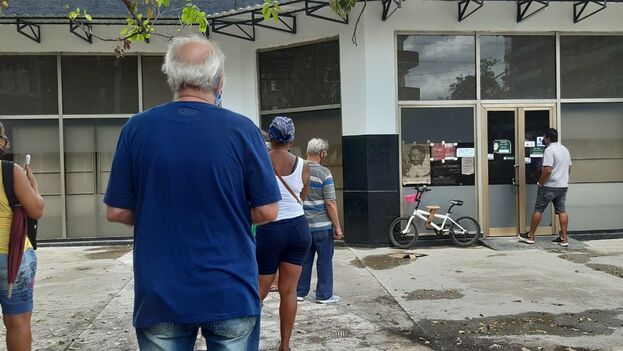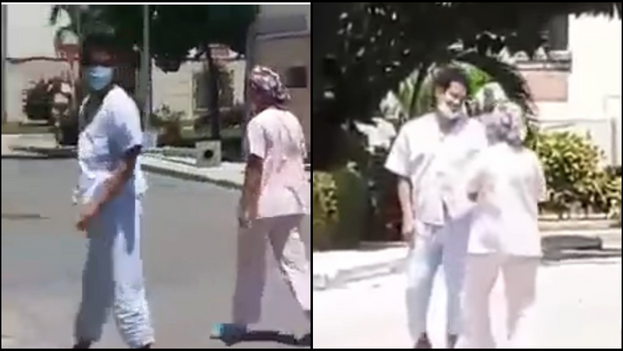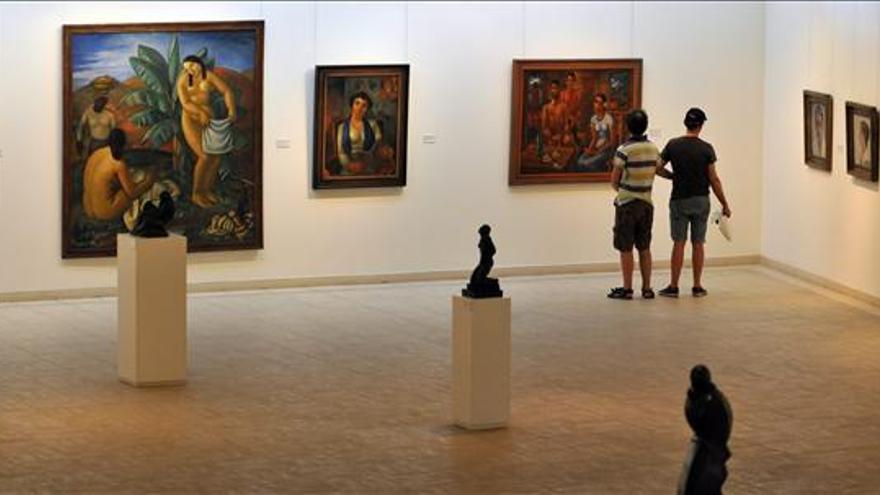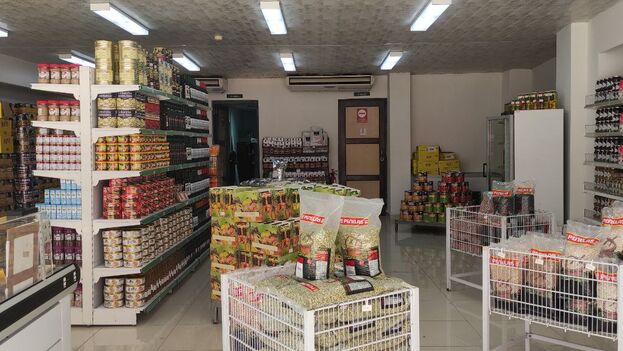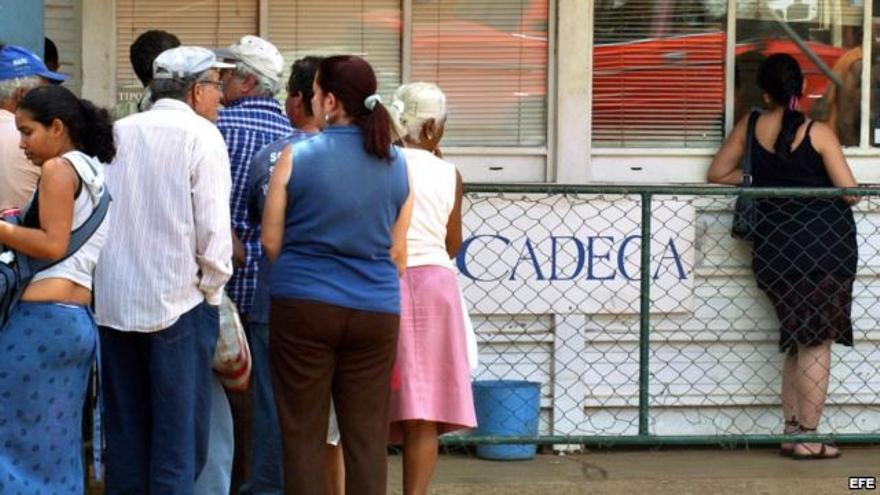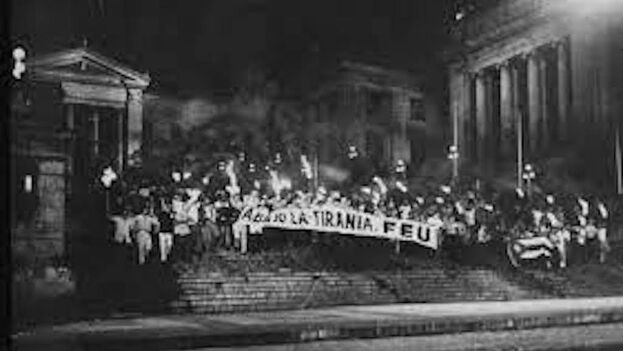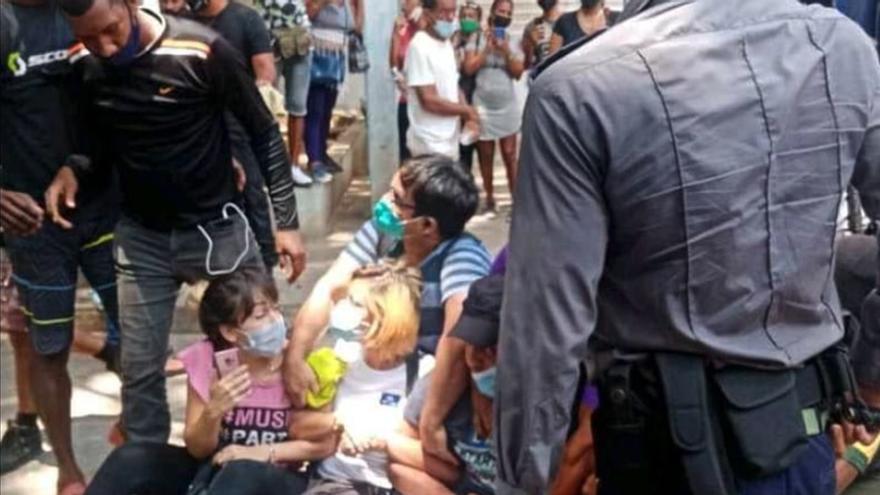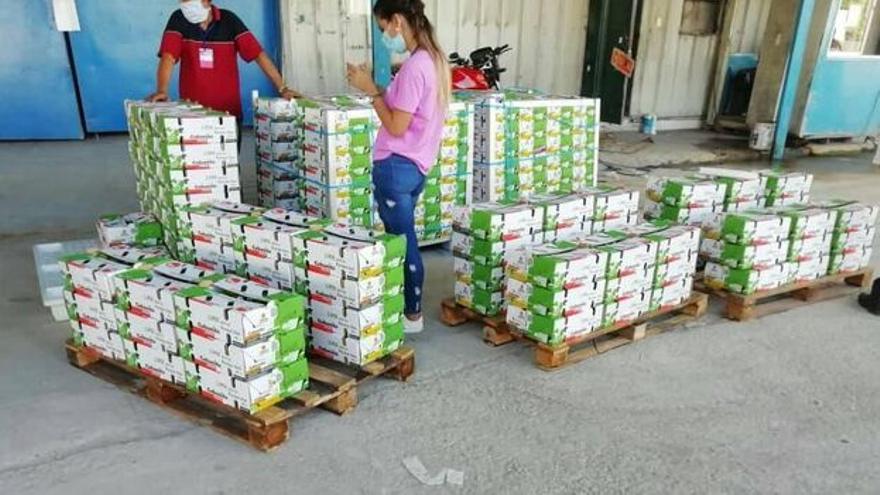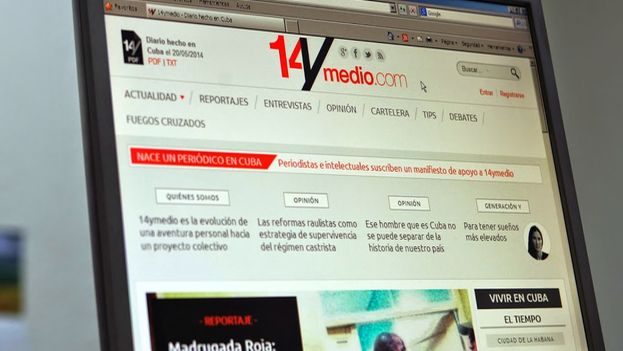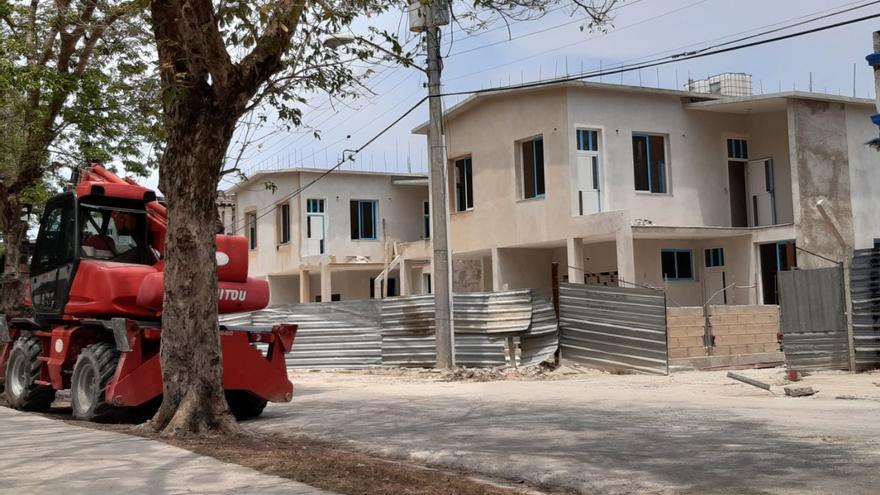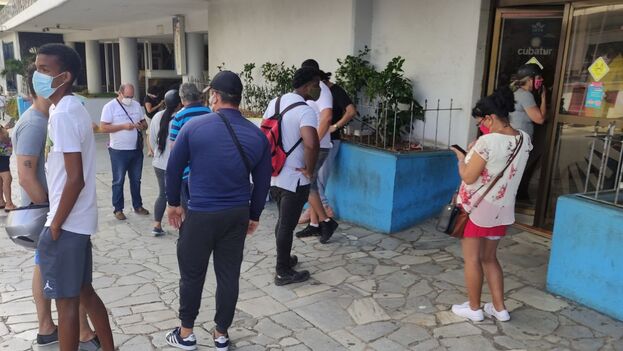
![]() 14ymedio, Juan Diego Rodríguez and Lorey Saman, Havana/Mexico City, 20 May 2021. Since 7 am, dozens of customers have been lining up for more than two hours at the Cubatur office on the ground floor of the Habana Libre hotel to get in on a summer getaway deal advertised by the state-run agencies. Faced with the downturn in international tourism, the government has bet on Cuban nationals to fill its hotels.
14ymedio, Juan Diego Rodríguez and Lorey Saman, Havana/Mexico City, 20 May 2021. Since 7 am, dozens of customers have been lining up for more than two hours at the Cubatur office on the ground floor of the Habana Libre hotel to get in on a summer getaway deal advertised by the state-run agencies. Faced with the downturn in international tourism, the government has bet on Cuban nationals to fill its hotels.
“People come here with gigantic bundles of money, like this one young guy who just took out his wallet…it’s tremendous!” exclaims a smiling woman, who on Thursday morning made it over to the central office of Cubatur in Havana’s El Vedado neighborhood.
Indeed, one needs a good sum of cash to pay for these “all-included” hotel packages — among the offers that most attract Cubans’ attention. Prices range from 984 pesos ($40 USD in exchange) per person, per night — not counting transportation, which is paid separately and generally comes out to about 600 pesos. continue reading
“The more economical offers are sold out, leaving the most expensive ones,” asserts another customer who, after checking with the tour operators, decided to get in line. “The minimum reservation one can make is for two days, with a money-back guarantee should the offer be cancelled due to the pandemic.”
The agency announced that the Islazul hotel chain prices were going down, therefore “they removed the signs outside that listed the costs,” according to customers who had arrived quite early.
The tourism packages can only be reserved in pesos, at the state-run offices within the country. No option to purchase from abroad exists should a relative or friend wish to gift a vacation to a resident of the Island.
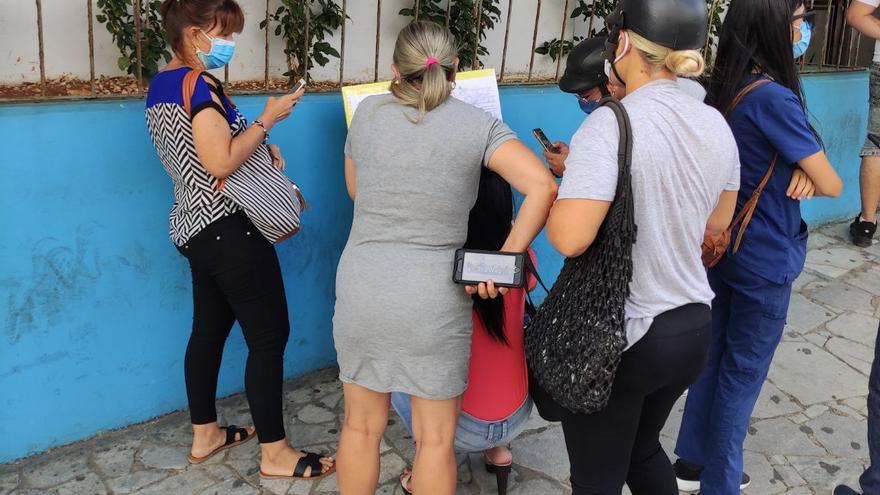
“Somebody who goes to these things a lot told me that right now those hotels are like voluntary work camps — I don’t know how true that is, we’ll have to wait and hear what people have to say when they come back,” suggests another customer.
Along with the pool and the beach, the principal attraction of stay at the country’s hotels continues being access to a more varied menu than can be found in private homes, which are very affected by food shortages. Even so, various reports gathered by this newspaper warn of stricter regulations governing these “all-included” packages.
“They’re only allowing one heavy meal at lunch and dinner, while only a part of breakfast is included as a buffet item — the rest has to be ordered à la carte, such as cheese, egg dishes, sausages, and yogurt,” shared a Matanzas resident, speaking with 14ymedio after purchasing two nights at a Gaviota hotel in Varadero.
The woman, who claims to take such a trip annually (“except for 2020, because of the pandemic”), says that the hotel guests “act crazy” in the dining room. “When the servers bring out beer, the people stampede to get in line like they do at stores.” In her view, the food shortages affecting the country are evident “because the menu offerings are more limited and the amounts are smaller.” In any case, she observes, the getaway is still “enjoyable after so many months of being cooped up.”
In other parts of the country, such as Matanzas, since early May only residents of that province have been allowed to purchase packages for various hotels in Varadero*. At that tourist hub, the Island currently welcomes thousands of Russian vacationers, thanks to connections re-established in mid-April between Russia and Cuba, including seven weekly flights.
Meanwhile, some Matanzas businesses have offered discounts to Cuban customers who book before 31 May. Similar offers are available from Havanatur in Holguín, with a 10% discount for the Playa Costa Verde hotel, if the package is purchased by 30 June for stays between 1 July and 15 September.
In Mexico, the Vagamundos agency, which works with the Viva Aerobus airline, as of 7 May began promoting tourism packages to Varadero. A few hotels included in this promotion are also ones in the summer domestic tourism campaigns in Cuba, such as Kawama, Villa Tortuga, and Los Delfines.
Although no specific departure city is identified, tourists could book between four and six nights between 1 June and 31 December, 2021. Rates for four nights run from 784 to 1,186 dollars, with Tuesday and Saturday departures.
The packages include proof of Covid-19 vaccination three days prior to departure from Mexico, a health-check fee, ground transportation to the hotel, and travel insurance. The packages are available to “tourists or Cuban residents of other countries, and they may not depart from the tourist hub,” according to the agency. In addition, “family members will be allowed in the hotel as of the second day” as long as they show proof of a prior negative Covid-19 test and have booked their stay in advance.
In early March, Taíno Tours — a subsidiary of Havanatur — also offered tours departing from Mexico of between 200 and 400 dollars per week at Varadero hotels. These are “therapeutic” packages designed to “prevent diseases and health problems,” with treatments that include Interferon, PrevenHo-Vir, and Biomodulin-T — pharmaceutical products promoted by the Cuban authorities since the start of the pandemic to prevent coronavirus and other infections. However, according to independent analyses, these products have no proven scientific consistency.
*Translator’s Note: Varadero is in Matanzas province.
Translated by: Alicia Barraqué Ellison
____________
COLLABORATE WITH OUR WORK: The 14ymedio team is committed to practicing serious journalism that reflects Cuba’s reality in all its depth. Thank you for joining us on this long journey. We invite you to continue supporting us by becoming a member of 14ymedio now. Together we can continue transforming journalism in Cuba.

